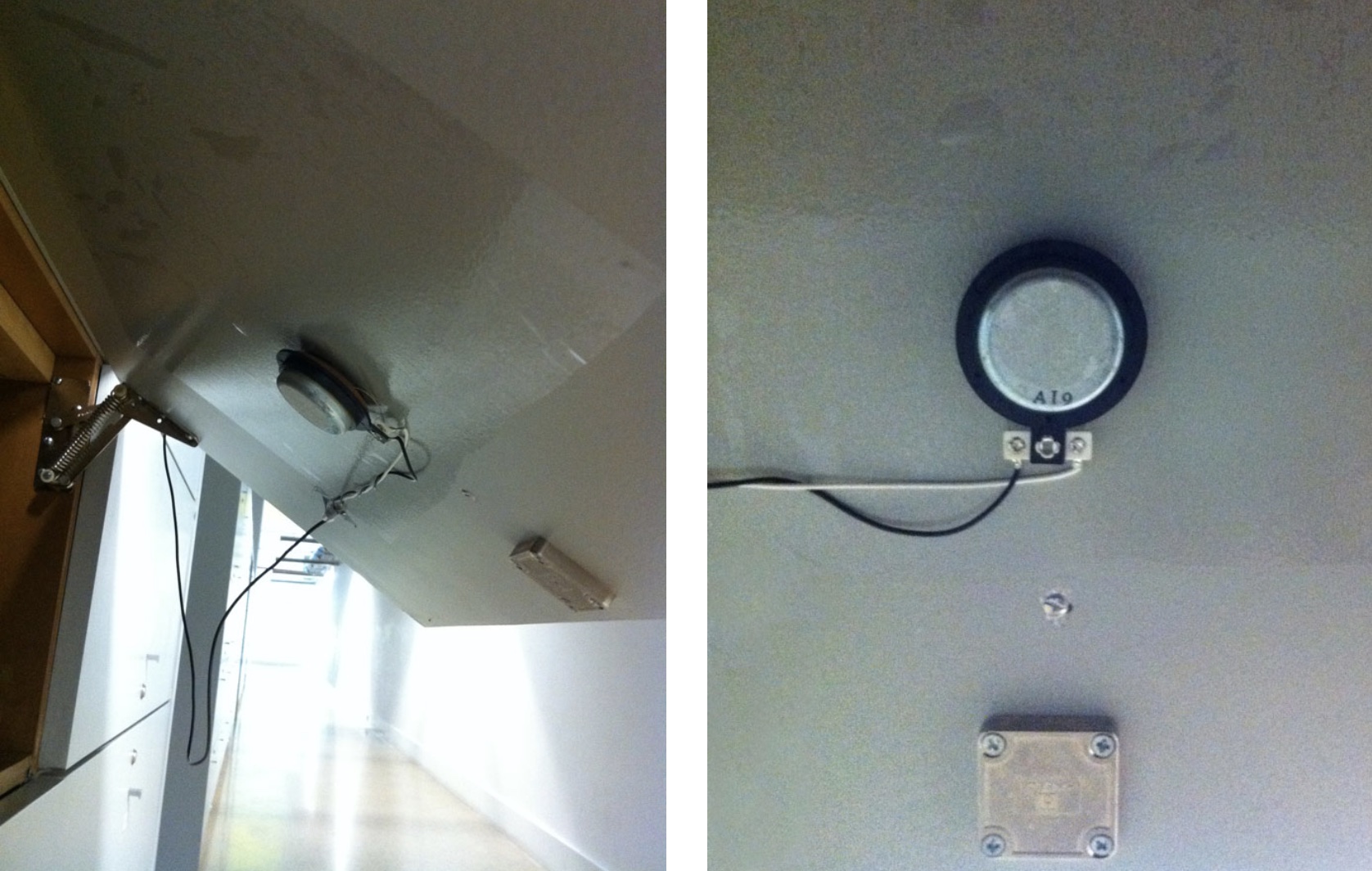Texto/Artigo/Dissertação/Relatório:
Música e Arquitectura: Contributos para uma visão integrada da composição
Relatório do Projecto Artístico Mestrado em Composição ESML-IPL
http://hdl.handle.net/10400.21/14142
Abstract: Music and Architecture have been related since the Pythagorean discovery of the ar- ithmetical basis of the musical intervals. Throughout history, these relations have been apparent through mathematics and geometry. In modern times, with the development of each of these arts through technology, and the merging of creative disciplines, new perspectives of interaction between sound and space, music and architecture are emerging. This essay presents three projects that explore these relations either in terms of the creative process, or of the aesthetic experience.
Som-espaço; Interdisciplinaridade; Espacialização; Electroacústica.
A Música e a Arquitectura relacionam-se desde a descoberta Pitagórica da base aritmética dos intervalos musicais. Ao longo da história, estas relações têm-se manifestado através da matemática e da geometria. Hoje, com o desenvolvimento de cada uma destas artes através da tecnologia, e com a fusão entre disciplinas criativas, surgem novas perspectivas de interacção entre som e espaço, música e arquitectura. Este relatório contextualiza a criação de três projectos que exploram estas relações quer em termos do processo criativo, quer da experiência estética.
Paralaxe é a diferença na posição aparente de um objecto observado de pontos de vista distintos.
Esta peça pretende estabelecer uma relação entre o material musical e o espaço de escuta. A partir da analogia entre a flauta e o corredor, a som desenvolve processos mais ou menos lineares de atraso e reverberação, convidando os ouvintes a percorrerem o espaço e alterarem o seu ponto de escuta. A alteração da perspectiva sonora, e a utilização de elementos arquitectónicos como fontes sonoras pretende integrar a própria arquitectura no discurso musical.

Diagrama e setup do local de apresentação da obra nas instalações da ESML


Instalação dos altifalantes nos cacifos

Diogo Alvim
Diogo Alvim studied architecture and composition in Lisbon. In 2016 he finished a PhD in Composition/ Sonic Arts at the Sonic Arts Research Centre in Belfast, focused on the relations between music and architecture.
He has been presenting his work in several events, of which: Gulbenkian Orchestra’s composers’ workshop (2008 and 2009), Festival Música Portuguesa Hoje (Orchestrutopica, 2008); Festival Synthèse 2009 (Bourges); Young Musicians Award 2009 (commissioned by RDP – Antena 2); ISMIR Conference 2012 (Porto); ICMC2012 (with Unlikely Places, Ljubljana); Festival Musica Viva (Lisbon, 2013); Notation in Contemporary Music Conference at Goldsmiths University (London, 2013), Ibrasotope#60, Centro Cultural São Paulo and MAC-USP (São Paulo, Brazil); Sounding Cities – Invisible Places (Viseu, 2014), Belfast Festival (with Matilde Meireles, 2014) and Sonorities Festival (with the Royal String Quartet, 2015), Do Liminar#6 (Zaratan Gallery, Lisbon, 2016), Habiter l’exposition The House of Dust (CNEAI, Pantin, France, 2017); Music for S, by Tânia Carvalho for the National Dance Company, with the Portuguese Symphony Orchestra (2018), Campo Próximo (Near Field), installation and concert at Convento São Francisco, Coimbra and at Lisboa Soa Festival (with Matilde Meireles, 2020).
In 2017 he co-created and directed Underscore, an international festival dedicated to music, sound and moving image in Lisbon. In May 2018 he was artist in residence at the Cité Internationale des Arts in Paris, for the Chantiers d’Europe programme – Theatre de la Ville.
He currently teaches Sound Arts at ESAD Caldas da Rainha, and is an integrated researcher at CESEM, Universidade Nova de Lisboa.
He also makes music for dance and theatre and develops collaborations with other artists/performers. He is part of the artist collective Osso where he coordinates research activities with Matilde Meireles.